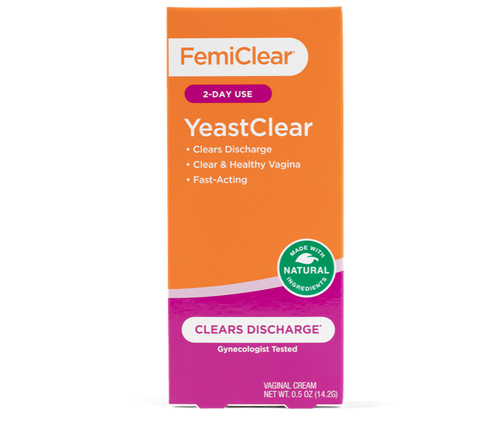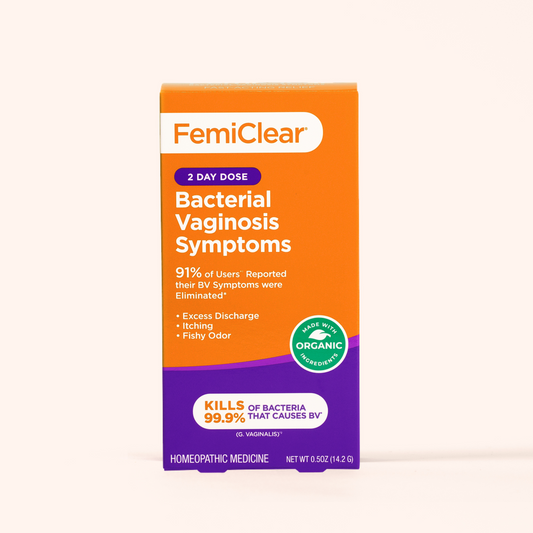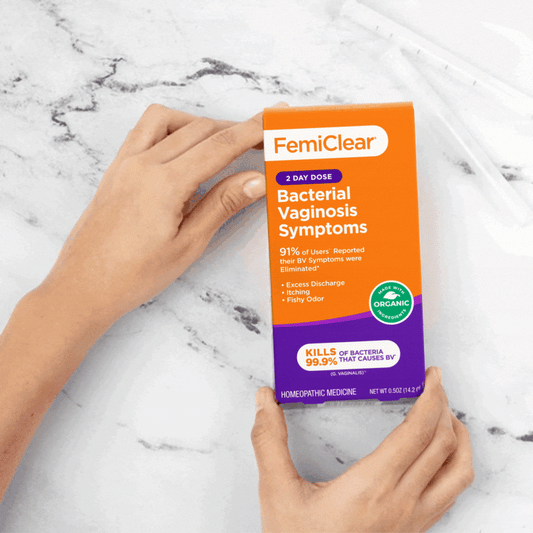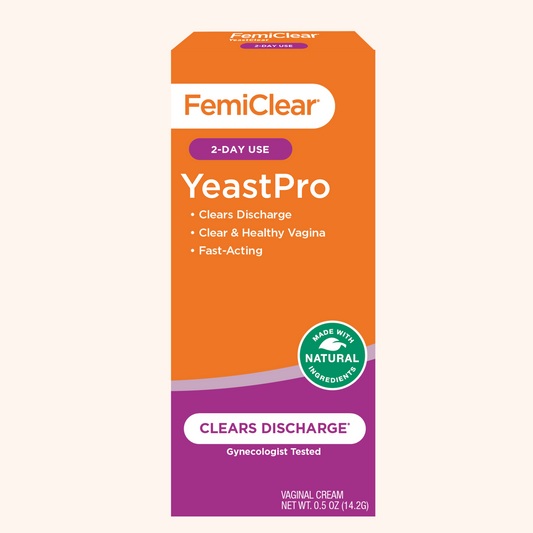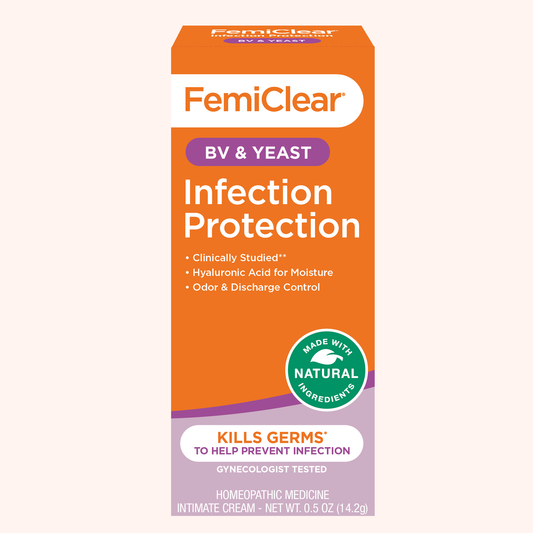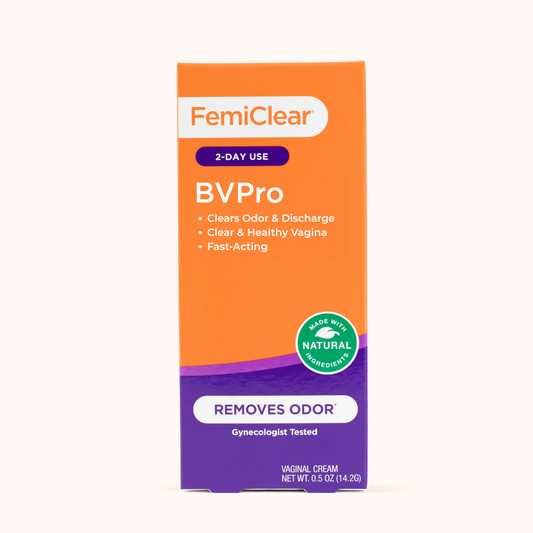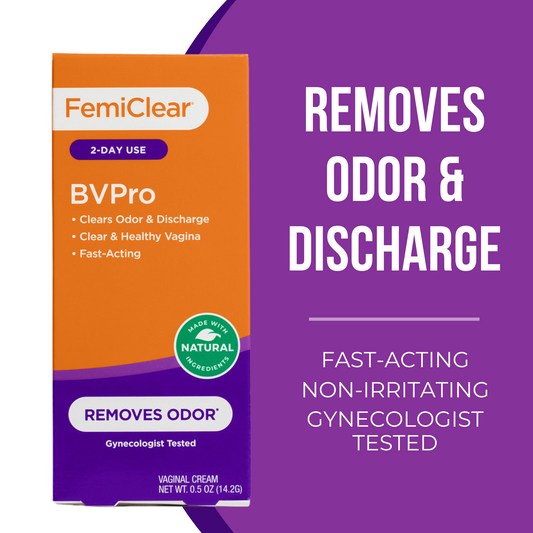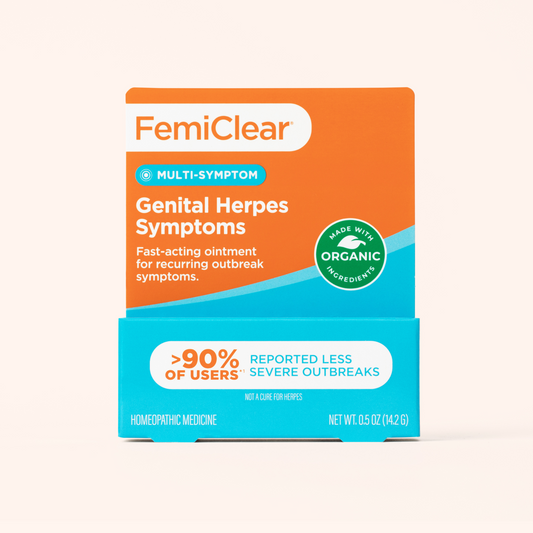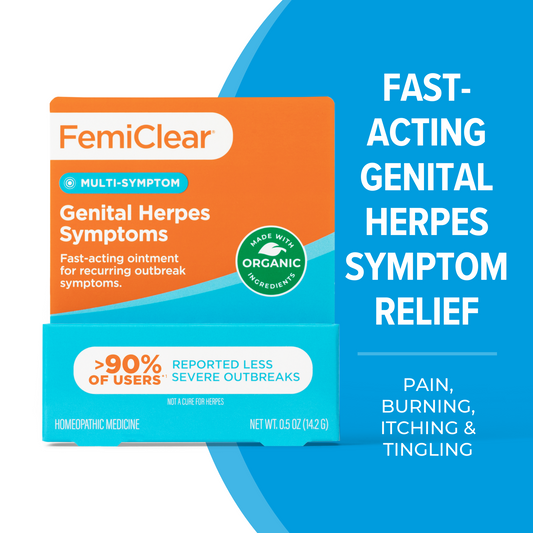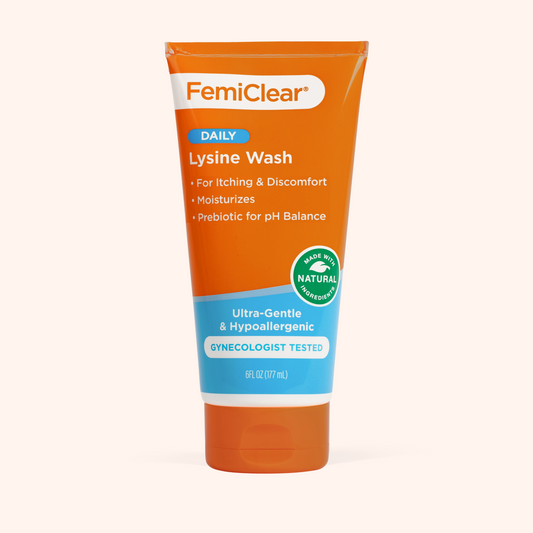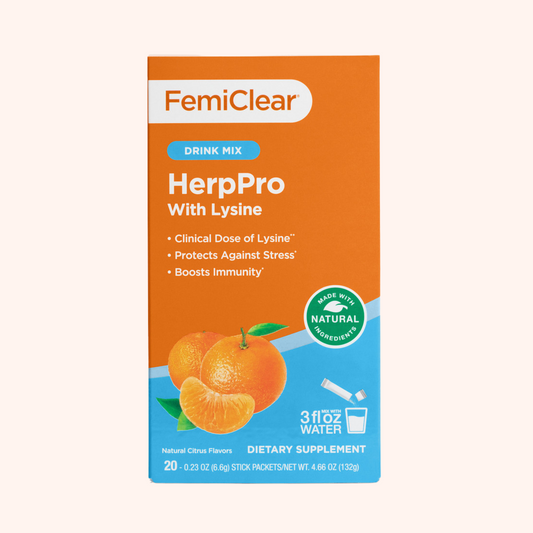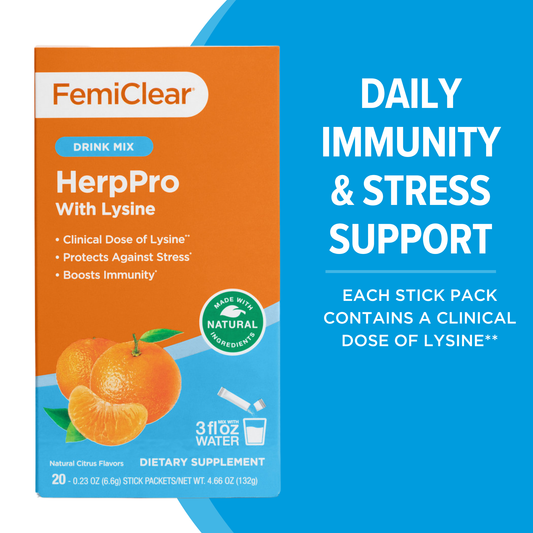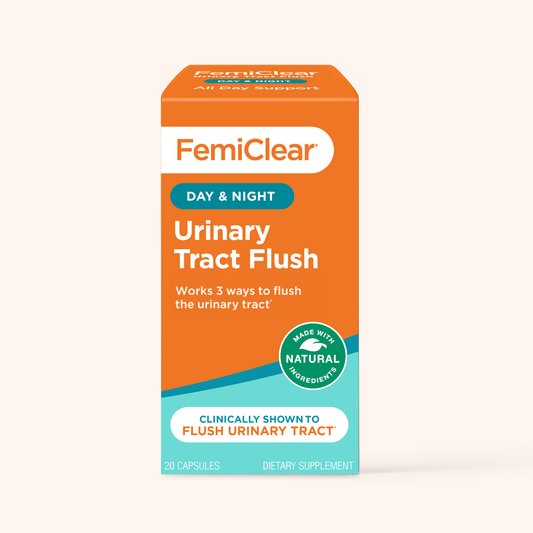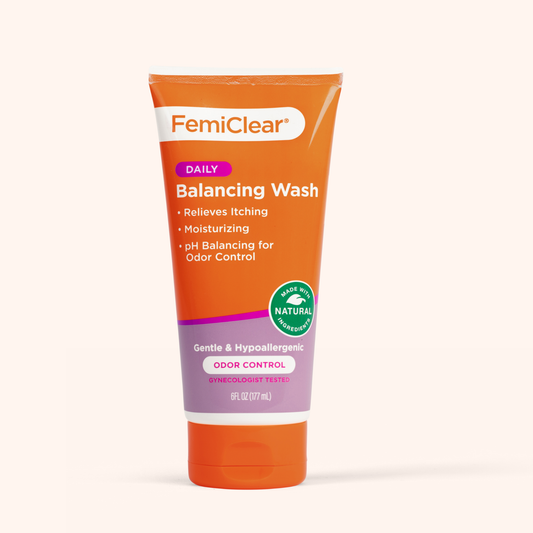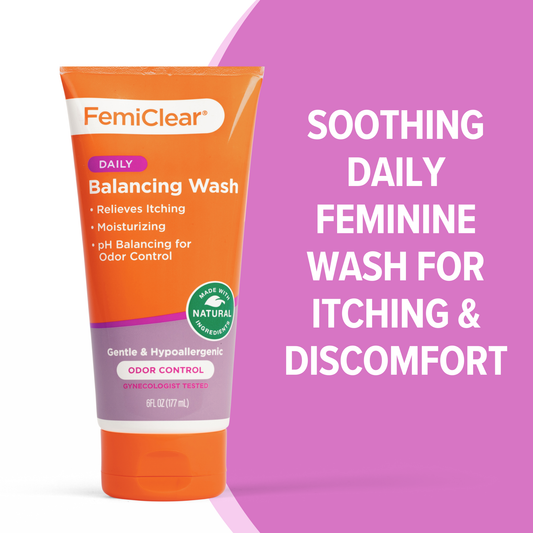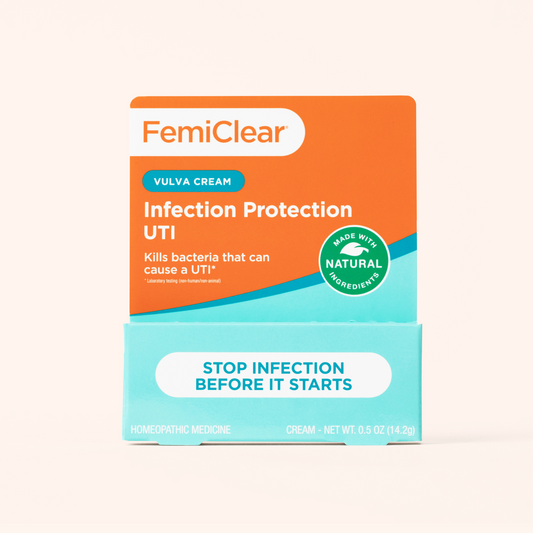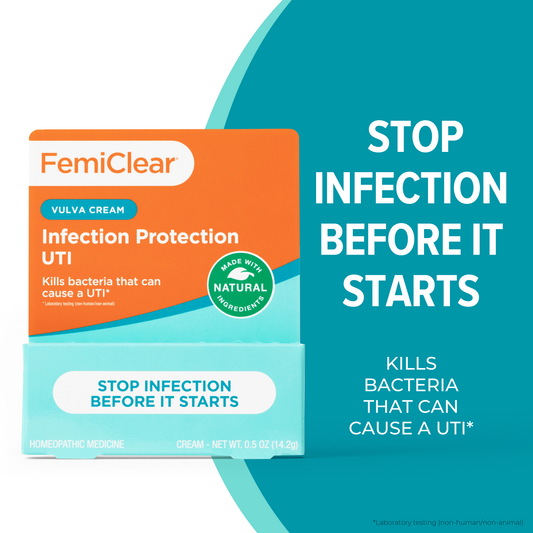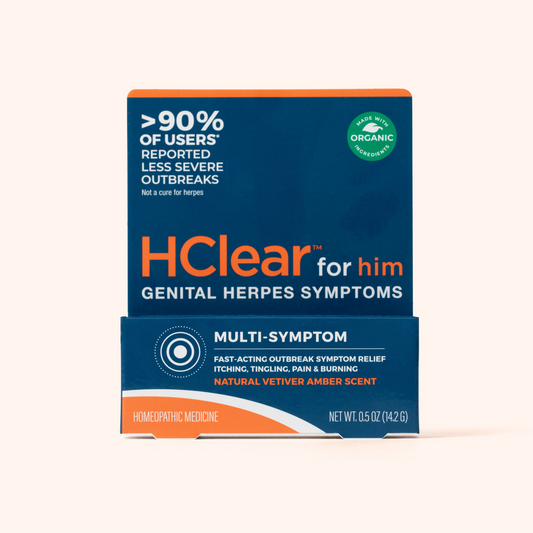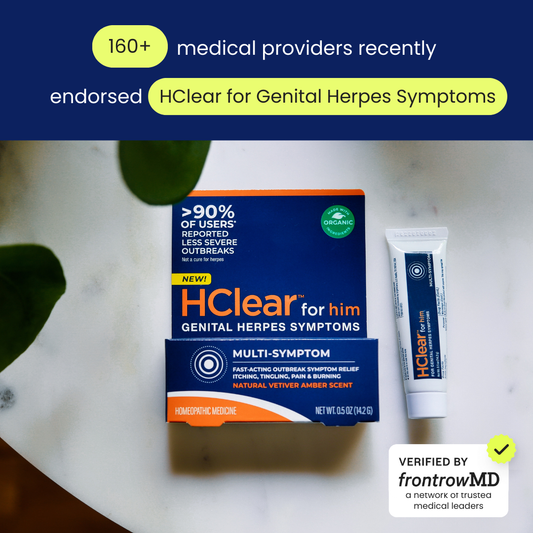Table of Contents
Related Articles
Table of Contents
Yeast Infections: Fact vs. Fiction
Dec 13, 2021

Let’s shed some light on the myths and misconceptions about vaginal yeast infections on the internet.
Myths about Treatments:
Douching – It’s believed that 20% - 40% of American women use a vaginal douche for freshness, to remove unpleasant odors, wash away menstrual blood, prevention of STI’s and pregnancy, and prevent/cure vaginal infections. However, health experts say that douching is not effective at any of the former and can ACTUALLY increase risk of infection and other health issues.
Itch creams – External itch creams are used to treat symptoms, so while you may feel that you are better it is not curing the underlying infection. This is like taking aspirin for a toothache, it may help the pain, but you may still have a cavity and need to get a filling.
Yogurt or Coconut Oil - There are many home remedies that claim they can heal a yeast infection, however none of them have the scientific proof to back them up. You can eat yogurt and rub coconut oil on your vagina all you want, but at the end of the day you will probably not get any better and it is also incredibly dangerous to put foreign objects in and around the vagina. We suggest not putting yourself at risk.
Cut out bread – Some believe that if they stop eating bread or limit bread intake, this will help cure a yeast infection and prevent future ones. Makes sense, right? NO! The yeast used for baking is a completely different species of single-celled organism.

Misconceptions about Causes:
Sex – Vaginal yeast infections are usually not spread by having sex. However, if your partner has a rash, itching or discomfort in the genital area, a healthcare professional should be contacted to find the cause of the symptoms. If you are using FemiClear for a yeast infection you should refrain from sex until the end of treatment.
Swimming – It is often assumed that swimming causes yeast infections, this is not true. Yeast infections are not contagious, and you cannot “catch” one from swimming. Just make sure to not spend extended periods of time hanging out in wet or damp clothing or swimsuits.
Men can’t get yeast infections – Yeast infections are most common in women, however in some cases men can become infected. Therefore, you should refrain from sex while infected, not only because it is uncomfortable. If a man does become infected, he might have white spots, redness, or a peeling itchy rash on his penis.

What causes yeast infection?
- Menstruation: Changes in hormone levels during a normal menstrual cycle can result in occasional or recurrent yeast infections.
- Increased estrogen levels: Women who are taking birth control pills that have a high-dose of estrogen as well as those on estrogen hormone therapy are more susceptible to developing a yeast infection.
- Pregnancy: Increased levels of estrogen during pregnancy make women more susceptible to recurrent yeast infections.
- Antibiotics: Broad-spectrum antibiotics kill healthy lactobacillus bacteria in the vagina, which enables yeast to overgrow.
- Diabetes: Whether controlled or uncontrolled, diabetes puts women at higher risk for developing a yeast infection.
- Cancer Treatments: Undergoing chemotherapy treatments creates a greater risk for developing a yeast infection.
- Impaired immune system: Women with weakened immunity from corticosteroid therapy or HIV infections are at greater risk for developing a yeast infection.

How to prevent yeast infections
- Wear cotton underwear and loose-fitting clothes.
- Change out of damp clothes or a wet bathing suit as soon as possible.
- If you use panty liners when you are not having a menstrual period, change them out often.
- Maintain vaginal health by cleaning your vagina with safe cleaners or just water and wearing fresh panties.
FemiClear Yeast Infection products are made with all-natural and organic ingredients and is proven to kill >99% of tough to treat yeast*. Check out our 1 Day and 2 Day Yeast Infection Ointments, and learn about why it's important to use vaginal products made with organic ingredients on your precious parts.
Check out our line of all-natural products from FemiClear®.
*An independent accredited lab performed an in vitro (non-human/non-animal) time-kill study to measure the amount of C. albicans, C.glabrata, and C. parapsilosis that was killed. These yeast are thought to cause 95% of all vaginal yeast infections.
Claims based on clinical and/or in vitro laboratory (non-human, non-animal) studies, and traditional homeopathic practice (not accepted medical evidence; not FDA evaluated). These statements have not been evaluated by the Food and Drug Administration. This product in not intended to diagnose, treat, cure, or prevent any disease.
Dec 13, 2021

YeastPro for Vaginal Discharge | Cream
Relief from Discharge in 24 Hours
Learn More